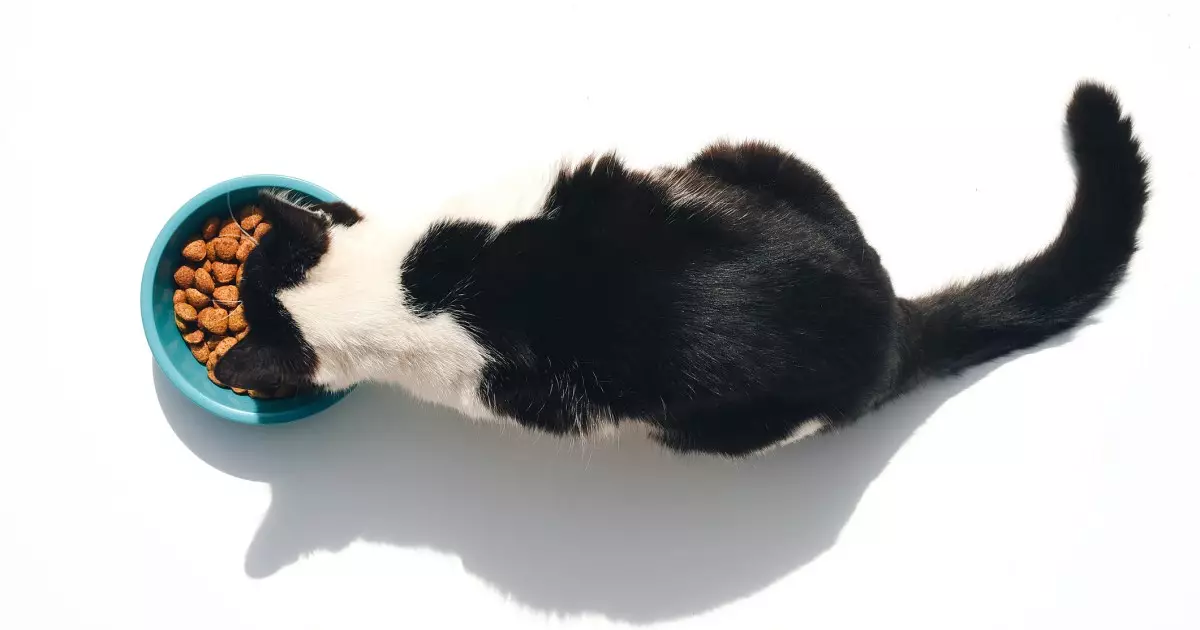Feeding your cat is no longer a straightforward task. The choices available have exploded beyond simple kibble or canned options. Today, conscientious cat owners are navigating a landscape rife with “natural,” “organic,” and even “human-grade” foods. But amid this plethora of choices, critical questions arise: what truly constitutes a healthy diet for cats, and how can you decipher the labels on pet food?
Before delving into the specifics of cat food packaging, it’s essential to understand a fundamental aspect of feline biology: cats are obligate carnivores. This means that the most critical component of their diet is meat. Unlike humans or some other pets, cats have evolved to rely on animal protein for essential nutrients. Consequently, as a responsible cat owner, the first step in selecting a suitable diet is to scrutinize the ingredients list on any cat food product. The first two or three ingredients should ideally include specific animal proteins, such as chicken, beef, or fish. If these don’t appear at the top of the list, it’s a signal to explore other options.
In today’s market, terms like “natural,” “organic,” and “human-grade” are often tossed around. However, consumers should approach these terms with caution. Currently, the U.S. Food and Drug Administration (FDA) lacks a concrete definition for “natural” in pet food. In practice, “natural” typically indicates the absence of artificial preservatives, colors, and flavors, but offers no guarantee about the quality of the ingredients used.
Similarly, the term “organic” is not universally regulated concerning pet food. This means that a product labeled as organic may not contain ingredients that adhere to organic farming practices. When it comes to “human-grade” or “human-quality” labels, clarity remains elusive. Technically, only pet foods manufactured in USDA-inspected facilities for human consumption genuinely qualify. As a result, few companies can legitimately lay claim to this designation. In scenarios where labeling leads to confusion, it is advisable to reach out directly to the manufacturer. A trustworthy company should readily clarify what they mean by any particular term.
Moving beyond the labels, another essential aspect to consider is whether a food has undergone rigorous feeding trials. Look for statements indicating that the food is “complete and balanced” based on Association of American Feed Control Officials (AAFCO) feeding trials. Such a declaration implies that the diet has been tested over an extended period—typically a minimum of six months—against specific nutritional standards. A product that passes these trials demonstrates a higher likelihood of meeting your cat’s dietary requirements effectively.
When choosing between dry and wet cat food, many pet parents ask which is best. Often, the ideal approach is to incorporate a mix of both. Canned food provides the added benefit of hydration, as many cats struggle to drink sufficient water. It is also an excellent source of protein, essential for maintaining a healthy feline diet. Alternatively, dry food is generally more budget-friendly and convenient, which can be advantageous in busy households. Furthermore, using dry food in a puzzle feeder can stimulate your cat mentally while encouraging physical activity.
Ultimately, the best indicator of a cat food’s effectiveness is your cat’s overall health and behavior. A happy and healthy cat is typically characterized by a shiny coat, bright, alert eyes, and fresh breath. If your feline companion exhibits these traits, it’s a strong indication that their diet is serving its intended purpose.
While the cat food landscape has evolved significantly, making informed choices is paramount for your pet’s health. By understanding the true meaning behind marketing terminology, prioritizing high-quality ingredients, and ensuring proper nutritional standards through research and observation, you can set the stage for a robust and thriving life for your furry companion.
